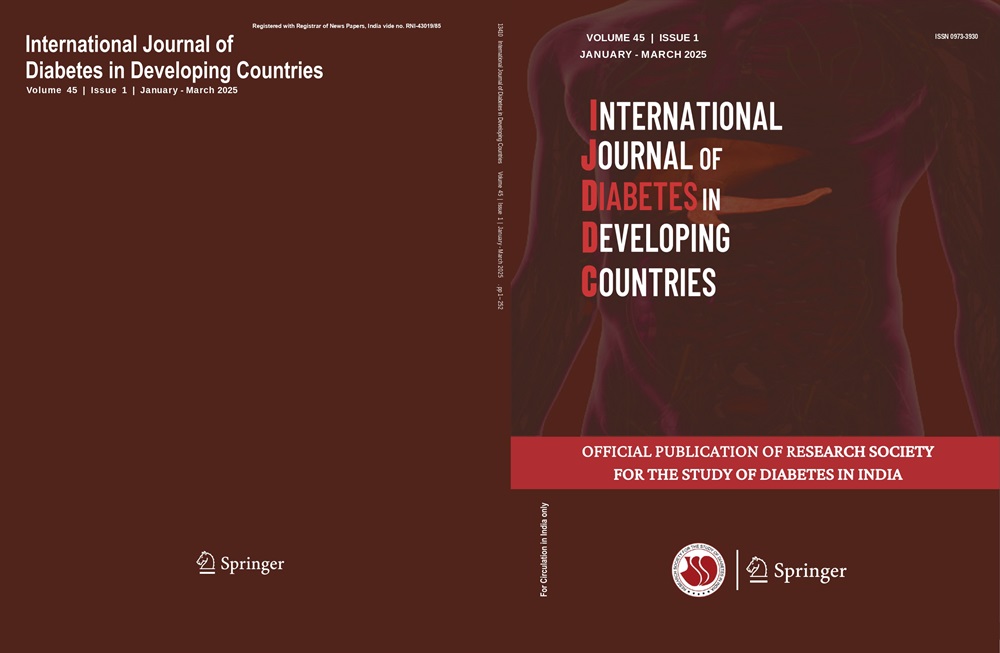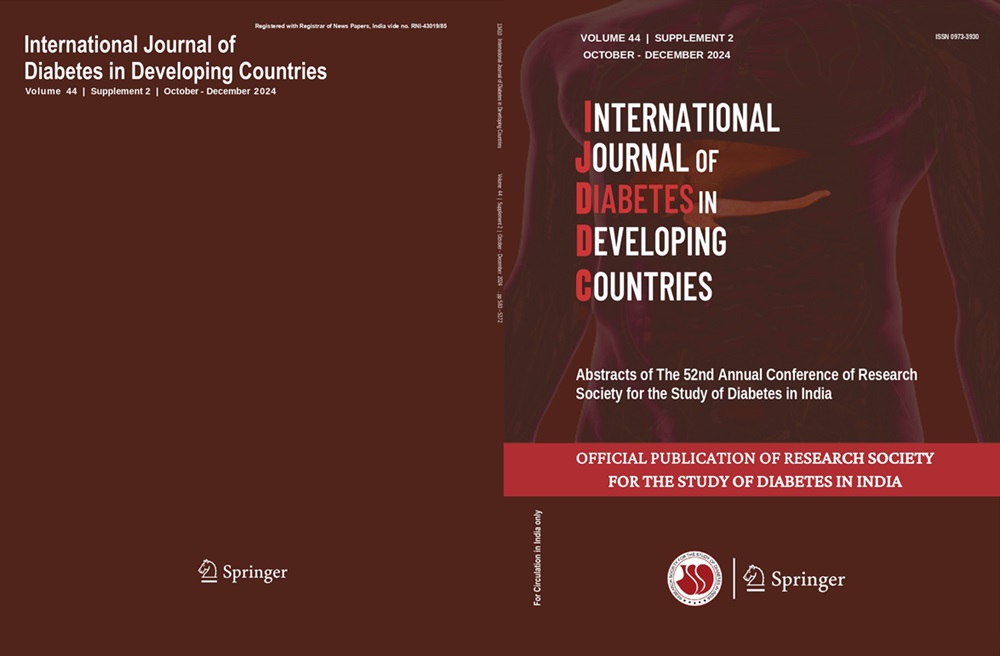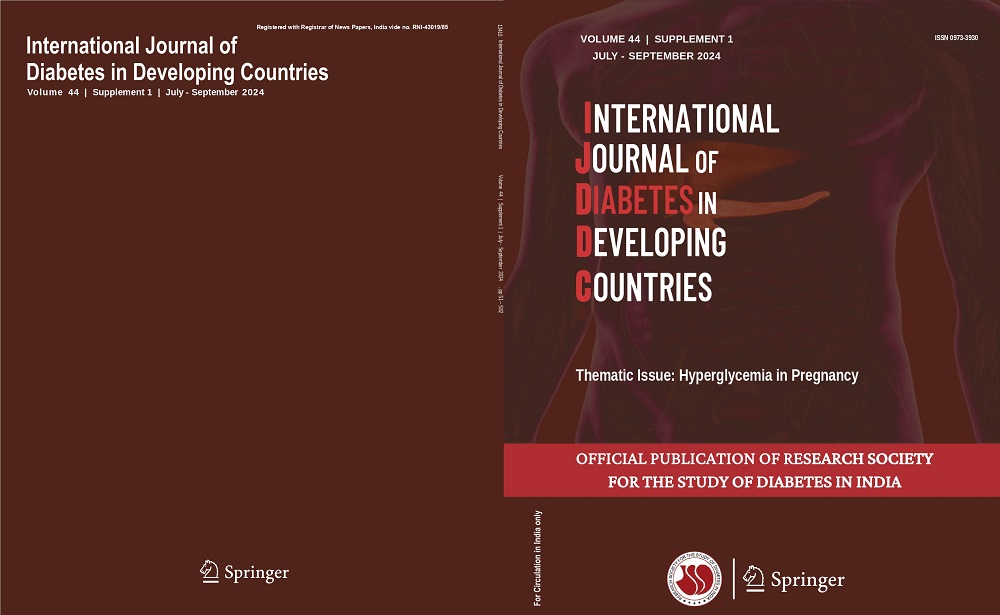Abdulqawi Ali Al-Shammakh, Abdul Haleem Salem Al-Tamimi, Qaid Taher Qaid Robed, Faheem QaidAl-Mojahid
Keywords
Type 2 diabetes mellitus • Glycemic control • Nephropathy • Yemen
Background Glycemic control is a significant step in reducing diabetic complications. The purpose of this study was to determine the prevalence and risk factors for poor glycemic control and diabetic nephropathy in patients with type 2 diabetes mellitus (T2DM) in Dhamar, Yemen.
Methods A study was carried out in which 200 patients with type 2 diabetes were recruited from the outpatient departments of Dhamar General Hospital. Information on their sociodemographic and clinical factors were collected. Blood and urine samples were taken following an overnight fast. Automated instruments were utilized to evaluate HbA1c, microalbuminuria, creatinine, and fasting blood sugar (FBS) using standardized procedures.
Results This study revealed that 58% of people with diabetes have poor glycemic control, while 14% have fair glycemic control. Multivariate logistic analysis showed that combined antihyperglycaemic drugs (oral tablet + insulin) [adjusted odds ratio (AOR) = 3.77; %CI = 1.36- 10.44], poor diet adherence (AOR = 1.97; %CI = 1.03–3.77) and lack of education (2.34; %CI = 0.93–5.90) were potential risk factors for poor glycemic control. The prevalence of diabetic nephropathy was 32%. It was found that age over 50 years (AOR = 2.37; %CI = 1.15–4.90), hypertension (AOR = 3.22; %CI = 1.39–7.47), uncontrolled blood glucose (AOR = 2.67; %CI = 1.16–6.16), the duration of diabetes of 5 years or more (AOR = 1.78; %CI = 1.05–3.00), and a lack of education (AOR = 1.90; %CI = 1.16–3.11) were risk factors for diabetic nephropathy.
Conclusion The prevalence of uncontrolled glycemic status and diabetic nephropathy is significantly high among Yemeni T2DM patients in Dhamar, which may contribute to an increasing prevalence of complications and thus pose extra challenges to the poor health care services in Yemen.




